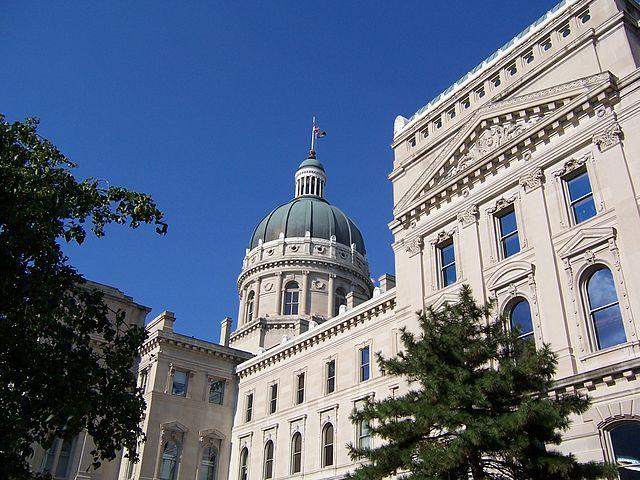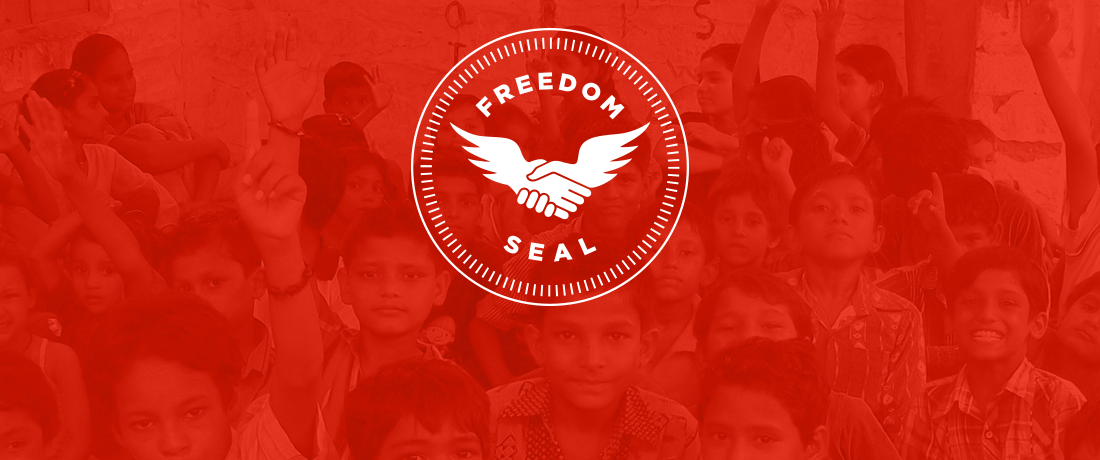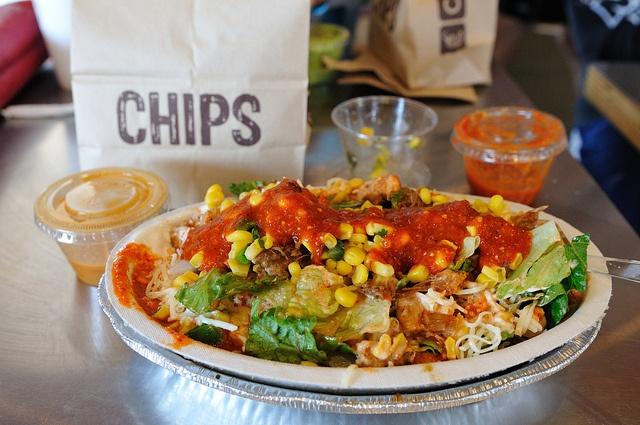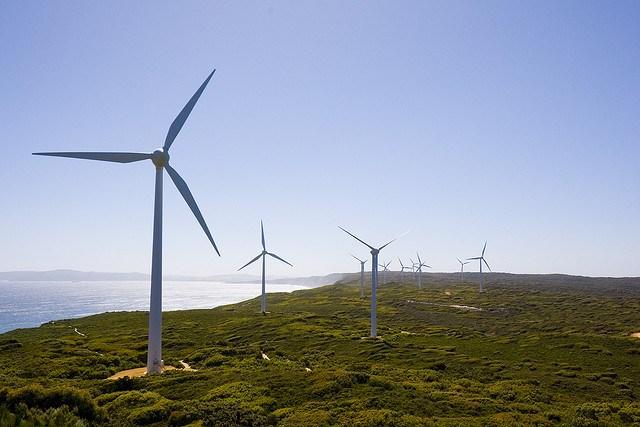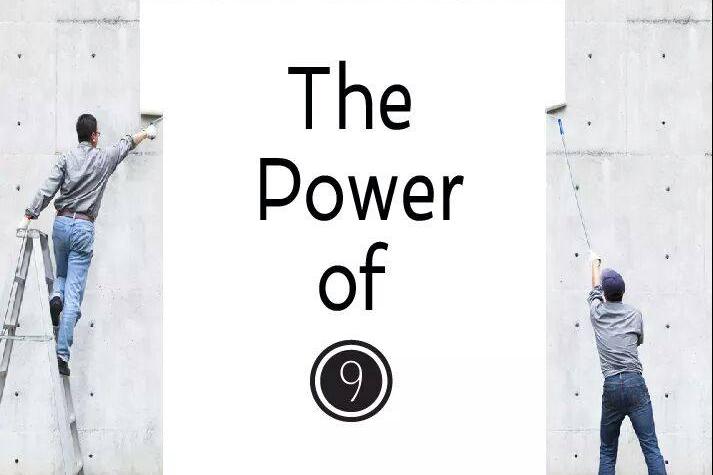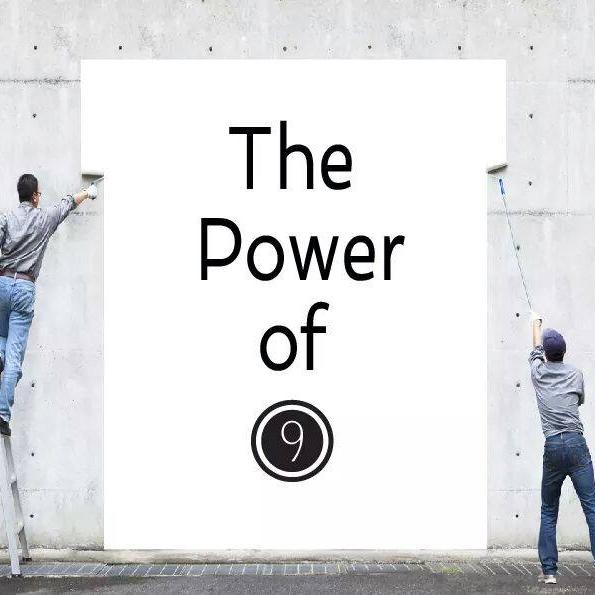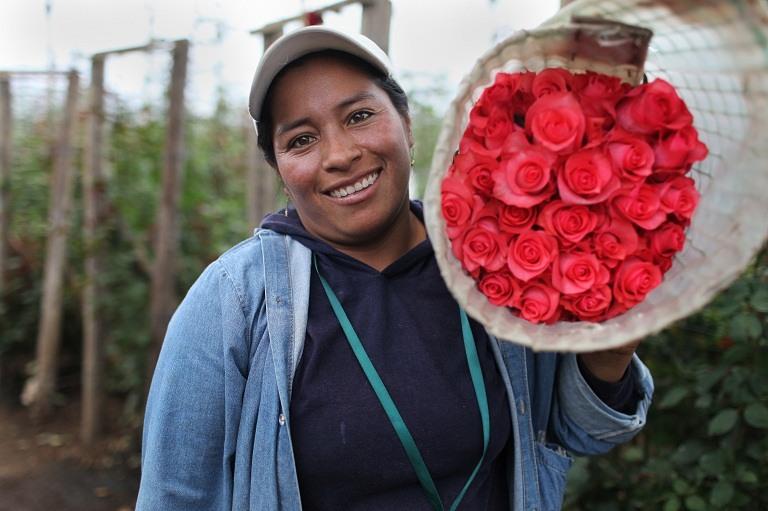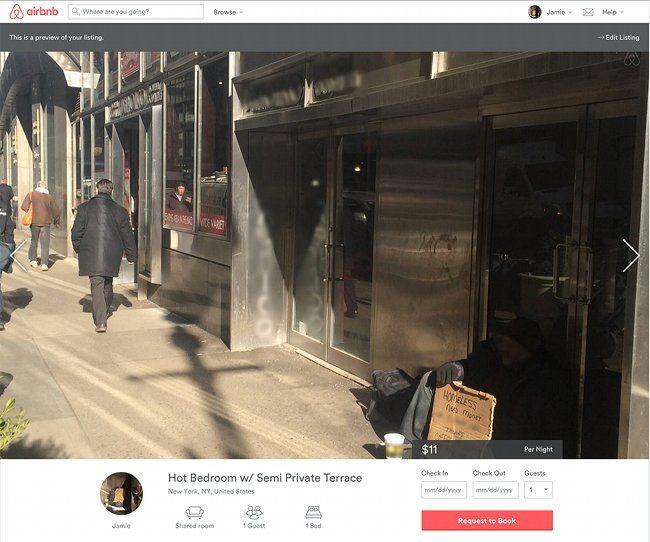Stock Your Bar Cart with These Sustainable Spirits


With a busy week behind you and the weekend within reach, there’s no shame in taking things a bit easy on Friday afternoon. With this in mind, every Friday TriplePundit will give you a fun, easy read on a topic you care about. So, take a break from those endless email thread and spend five minutes catching up on the latest trends in sustainability and business.
The weekend is the perfect time to relax and toss back a few. We've already covered sustainable beer and wine in our 3p Weekend series, but what about sustainable spirits? From grain-to-bottle to fair trade certified, no bar cart is complete without these sustainable sips.
As a side note, you probably all know that Earth Hour is on Saturday, from 8:30 p.m. to 9:30 p.m. And if you ask us, there's no better way to enjoy an hour in the dark than with a cocktail in hand. For some inspiration, scroll down for the debut of TriplePundit's "Triple Bottom Line" cocktail!
1. FAIR: Fair trade spirits
FAIR is the world's first Fair Trade certified spirits brand. So, you can be sure all the ingredients that go into your favorite sip had a positive impact on farmers and communities. The brand's line includes quinoa vodka, juniper gin and spiced rum, along with coffee and goji berry liqueurs that are sure to make a splash at your next party.2. Square One Organic Vodka
Love flavored vodkas for martinis and specialty cocktails, but hate the sugar and who-knows-what-else that goes into those fake, fruity flavors? Enter Square One Organic Vodka: the first flavored vodka that's healthy for you and the planet. (Well, you know, as healthy as vodka can be.) The brand's portfolio includes cucumber, basil, botanical and bergamot citrus flavors for all your creative cocktail recipes.
Square One vodkas are made from organic rye grown by a group of farmers in Montana. But ingredients sourcing is just the beginning: The company recycles spent rye for livestock feed and even designed its bottles with easily removable labels, so they can be reused for other purposes before recycling. (Fancy mixer bottle, anyone?)
3. Koval Organic Spirits
If you're interested in something darker, look no further than Koval's organic whiskey. Established in 2008, Koval is Chicago's first distillery since the mid-1800s. Following 'grain-to-bottle' practices, Koval controls every step of the spirit-making process: from milling the Midwestern-grown grain to distilling, barreling and bottling. The water it uses is sourced from Lake Michigan using a natural charcoal purification method.
In addition to its single-barrel organic whiskeys, Koval offers a wide range of organic liqueurs for those after-dinner drinks -- ranging from the classics like coffee to unique mixes like rose hip, ginger and caraway. Check out the brand's gin, vodka and brandy, too!
4. Papagayo: Organic and Fair Trade rum
Papagayo's silver and spiced rums are both organic and Fair Trade certified for the taste you love without the eco-guilt. Papagayo sources its cane sugar from the Manduvirá Cooperative in the Arroyo y Esteros region of Paraguay. Around 800 families participate in the community-run cooperative, which operates with the dual goal of farming in a sustainable, organic manner while promoting fair labor practices.5. Dulce Vida Organic Tequilas
Dulce Vida Tequilas are the only 100 percent organic, 100-proof handcrafted tequilas in the world, and they promise a smooth flavor with all those green brownie-points. Dulce Vida sources its organic agave from the Los Altos highlands in the Tequila region of Mexico, which boasts unique climate characteristics that produce rich, flavorful agave.In addition to sourcing ingredients sustainably, the company recaptures all production waste to produce a nutrient-rich soil supplement for the local farming community. It then captures the methane gas that's produced by waste collection and processing -- creating an energy source that helps power the facility.
3p's Triple Bottom Line cocktail
Need a little cocktail inspiration this weekend? Grab a glass, and mix up a batch of TriplePundit's signature cocktail: the Triple Bottom Line!
Ingredients
1 1/2 ounces FAIR Fair Trade certified vodka
2 ounces Numi Fair Trade certified green tea, brewed and chilled
1 ounce Maine Root Fair Trade certified ginger beer
Organic lemons and limes
Organic cucumber
Mix it up
1. Add vodka, chilled green tea and four cucumber slices to a cocktail shaker filled with ice.
2. Squeeze in the juice of a quarter of a lemon and a quarter of a lime. (Drop your spent fruit slices in the shaker for more flavor.)
3. Shake vigorously for 10 seconds, and pour into a pint glass packed with ice.
4. Top with ginger beer, and stir gently with a mixing spoon.
5. Garnish with lime and cucumber slices.
6. Enjoy responsibly!
Image credits: FAIR (1 and 2); Square One Organic Vodka; Koval Organic Spirits; Papagayo; Dulce Vida Organic Tequilas



